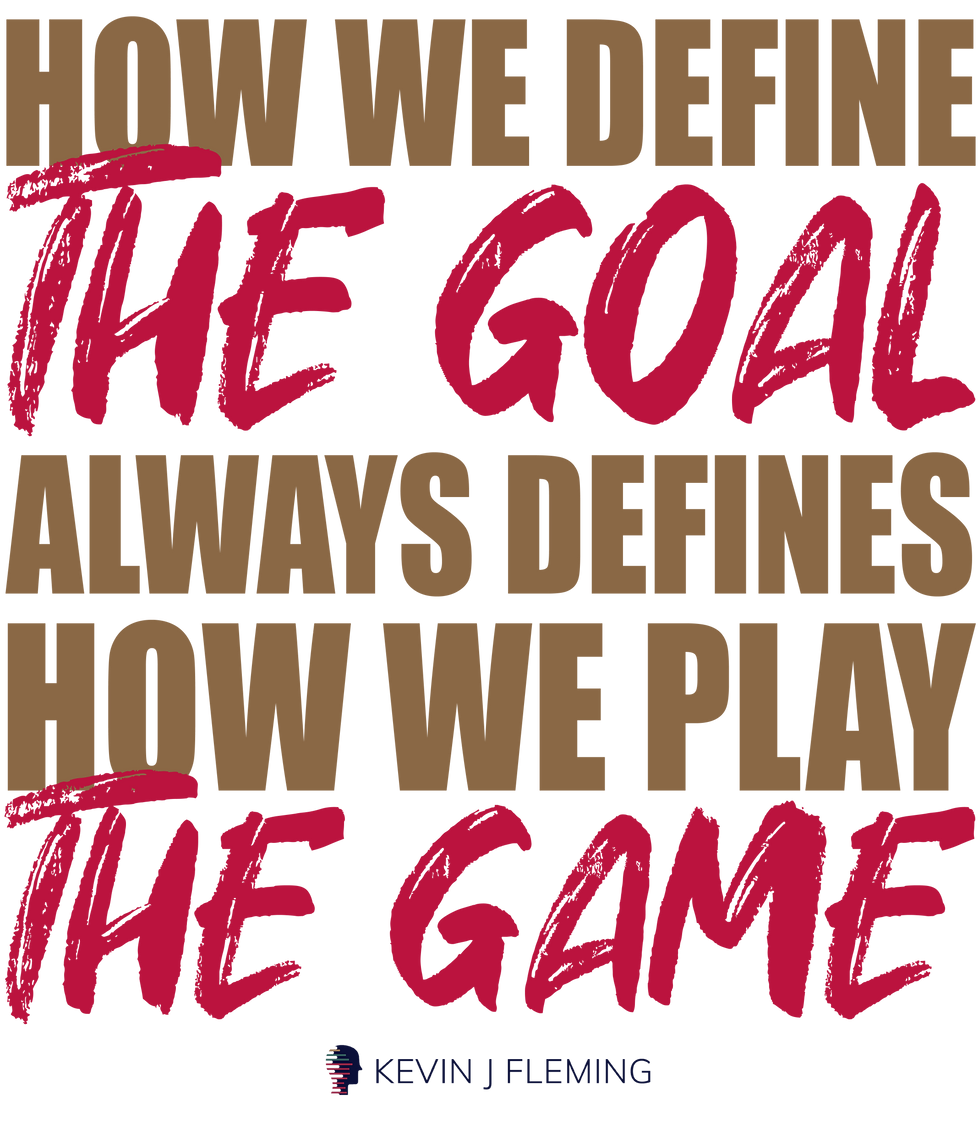ReDefining the Student Education Experience
- Kevin Fleming

- Dec 2, 2024
- 4 min read

Education in America has long been a cornerstone of personal and societal progress. Initially designed during the Industrial Revolution, it aimed to prepare workers for factories, focusing on discipline, routine, and basic literacy. While effective for its time, that model is no longer aligned with the demands of the 21st century—a world driven by innovation, adaptability, and purpose.
Today, education must evolve. It needs a new measurement system that not only broadens minds but ensures learners graduate as highly sought-after, in-demand individuals. This means creating a student experience that is intentionally both relevant and purposeful. Without this dual focus, education risks becoming a time-wasting exercise for many students, leaving them disengaged, directionless, or ill-prepared for the future.
But we need a simple way to explain this to our colleagues.
The Quadrants of Educational Experience
To help others understand where education stands - and where it needs to go - I have found it helpful to visualize a matrix. On the vertical axis lies a students' educational relevancy (relevant or irrelevant). On the other axis is individual clarity of purpose (purposeful or clueless). Every student’s experience falls into one of four quadrants, each yielding dramatically different outcomes.
The Student Education Experience Matrix

1. Misaligned Education
In this quadrant (Clueless and Relevant), education offers industry-aligned courses and in-demand majors, making the content relevant to society’s needs. However, it fails to connect with the individual learner’s purpose or self-awareness.
For example, imagine a student pursuing a computer science degree because it’s a high-demand field, but they have no interest in coding or technology. They may complete their degree and secure a job, but their lack of personal connection to the work leaves them disengaged, dissatisfied, and prone to burnout.
This education-led model results in learners who feel like they’ve wasted their time. They graduate without future clarity, leading to initial job dissatisfaction and a sense of misalignment with their own goals.
2. The Status Quo of Education
This is the most troubling quadrant and represents much of today’s education system. Here (Clueless and Irrelevant), students are directionless and the coursework is irrelevant to both their personal goals and societal needs. General education classes are often abstract, disconnected from careers, and taught in a passive, knowledge-based manner.
Consider the millions of students sitting through classes like “Introduction to Poetry” or “History of Western Civilization” without any career or personal contextualization. These courses may broaden horizons but often fail to equip students with practical skills or a sense of purpose.
The result is a pervasive sense of uncertainty and hopelessness. Learners feel disengaged and disinterested, with no clear path forward. Many drop out, unprepared for life’s challenges and burdened by the weight of wasted time and resources.
3. Passion Without Practicality
In the Purposeful but Irrelevant quadrant, education is customized and meaningful to the learner, offering clarity about their self-identity and career direction. However, the content is irrelevant to society’s current and future demands, leaving students unprepared for gainful employment.
For instance, a student might passionately study an outdated specialization in mechanical engineering that no longer aligns with modern industry needs. They graduate with a deep sense of purpose and personal clarity but lack the practical skills to succeed in the job market.
This misalignment leads to frustration as students realize their education has equipped them for a world that no longer exists. Despite their motivation, they are ill-prepared to make a meaningful impact.
4. The Future of Education
The ideal quadrant is where education is both Relevant and Purposeful. Here, learners gain an experience that connects their personal goals with the needs of society. They know what they want, understand what the world demands, and are properly equipped to succeed.
Imagine a student pursuing a degree in healthcare innovation. Their courses combine cutting-edge medical advancements with leadership training, all tailored to their strengths and career aspirations. The content is current, competency-based, and customized. They graduate not just with a diploma but with a competitive advantage, industry connections, and clarity about their purpose.
This is education done right: individualized, meaningful, and future-focused. Learners leave motivated, in demand, and ready to contribute to the world.
A New Measurement for Success
If we are to redefine the student education experience to advance CTE and career-connected learning, we must measure success differently. Instead of focusing on standardized test scores and graduation rates, we need to publicly and consistently ask:
Are students graduating with skills that are relevant and in demand?
Are they prepared to contribute meaningfully to society and their chosen careers?
Do they have clarity about their purpose and how they want to make an impact?
This shift requires a radical rethinking of educational content, delivery, and culture. It demands a focus on competency-based education, industry alignment, and the integration of self-discovery into every student’s journey.
The Ikigai of Education
In the ideal model, students find their ikigai—the intersection of what they love, what they’re good at, what the world needs, and what they can be paid for. Education becomes a powerful tool that equips learners with both the clarity and the skills to thrive.
By intentionally designing experiences that are both relevant and purposeful, we can transform education into a system that not only broadens minds but creates confident, competent, and in-demand individuals.
It’s time to redefine the goal of education and use this language, and matrix, throughout our institutions. The future demands it, and our students deserve nothing less.









Comments